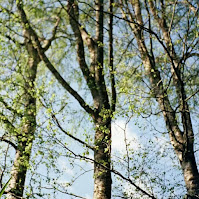3/2/2025-Ending Week FENG SHIWEN / 0374595 Bachelor of Design in Creative Media / Design Principles Taylor's University INSTRUCTIONS LECTURE ELEMENTS OF DESIGN 1. Point A point or dot is the simplest element of design. A point used as repetitive mark forms a line. As the point moves in space, other two- and three-dimensional figures and forms are created. 2. Line Lines can be active or static, aggressive or passive, sensual or mechanical. Lines can indicate directions, define boundaries of shapes and spaces, imply volumes or solid masses, and suggest motion or emotion. Lines can also be grouped to depict qualities of lightand shadow and to form patterns and textures. 3. Shape Refers to the expanse within the outline of two-dimensional area or within the three-dimensional object. Becomes visible when a line or lines enclose an area or when an apparent change in value (lightness/darkness), colour or texture ...



